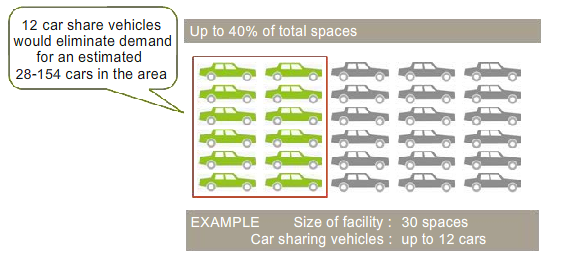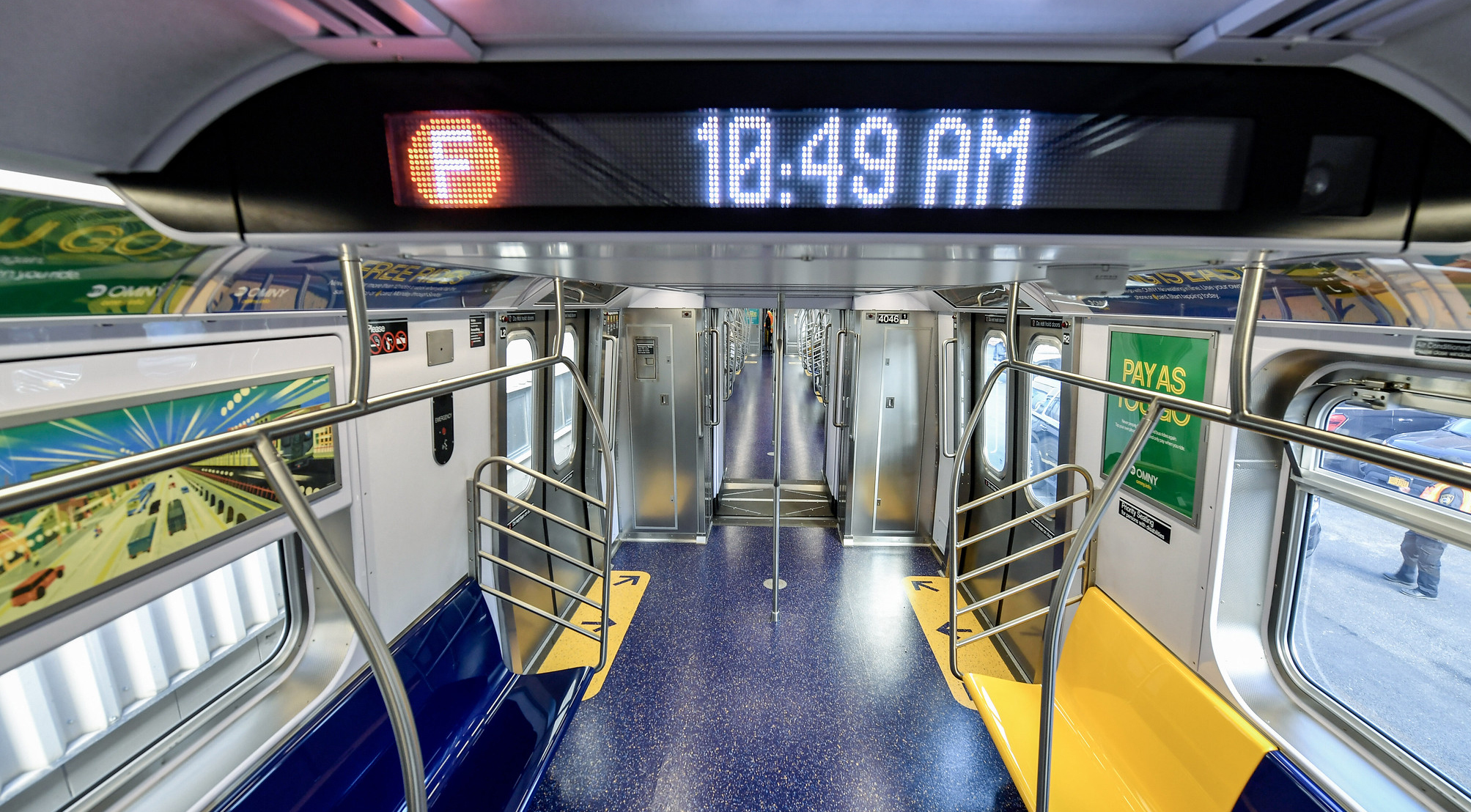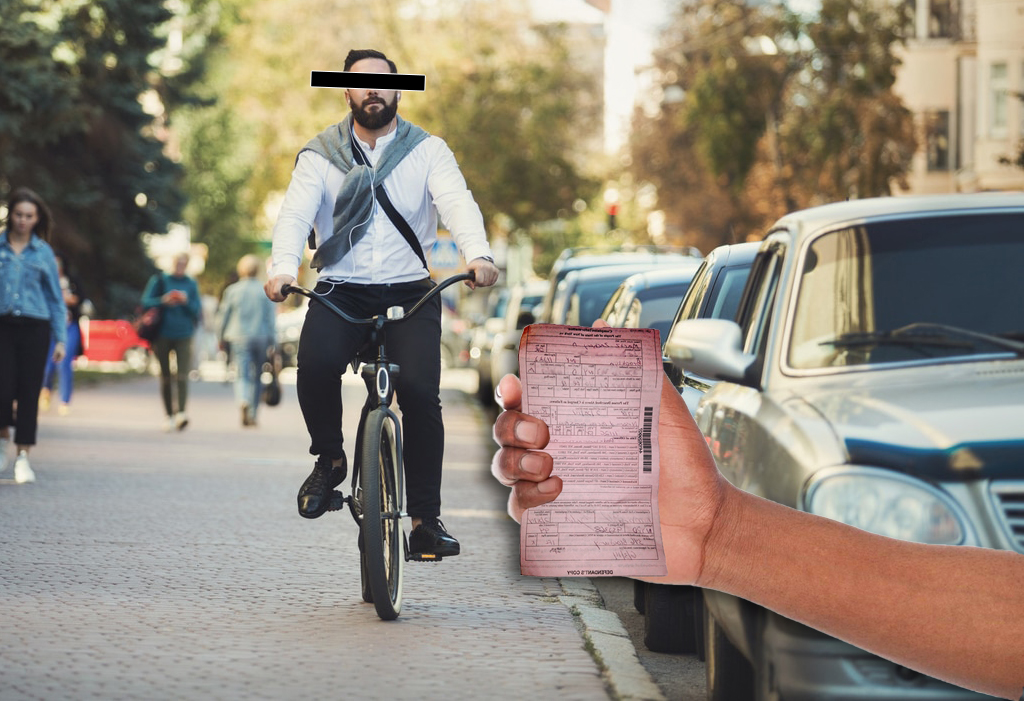
Attempts to expand car-sharing in New York City got a big boost yesterday when the City Council passed a measure intended to help companies store shared cars. The near-unanimous vote opens the door for businesses that have been shown to reduce car-ownership and driving in other cities. Neither the City Council nor the City Planning Commission, however, took the opportunity to maximize the impact of car-sharing by linking it to reduced parking minimums.
Up until now, the city's zoning law was silent on car-sharing, leading to a great deal of uncertainty for companies looking to place their shared vehicles in off-street lots. That makes it slower and more expensive for car-sharing companies to establish themselves or expand.
Yesterday's zoning change allows shared cars to be stored in both publicly-accessible parking lots (including garages operated by private companies) and in parking lots connected to residential, commercial, manufacturing, or "community use" buildings like schools and libraries -- which are called "accessory lots" in planning parlance. More spaces will be permitted for car-sharing in public lots than in accessory lots, and car-sharing will be allowed to fill up more of accessory lots in higher-density parts of town.
Car-sharing can reduce traffic and the space devoted to cars in two main ways. It makes it easier for people to go car-free by giving them the option of a car when they really need one. And it also switches up the incentives to drive. Car owners have already paid most of the cost of their car, so each additional trip is a bargain. Car-sharing members, in contrast, have high costs each time they drive, pushing them away from frequent or long trips.
Nationally, between six and 32 percent of car-sharing members give up their car, according to the Department of City Planning, while some members opt to use shared cars after formerly living car-free. Research in San Francisco has shown that car-sharing decreases overall driving among members, with the additional driving by previously car-free households more than compensated for by the decline in driving among former car owners.
New York might be different, however. More than in most places, the scarcity of parking here constrains car ownership and use. So as car-sharing helps some New Yorkers give up their vehicle, others might just snap up those newly freed parking spaces.
In fact, that's in part what the City Planning Commission expects to see happen. In responding to local concerns that giving parking spaces to car-sharing would take away spaces for residents, the commission wrote in its report [PDF] that "the rates of 'car-shedding' documented in car share studies are such that every car share vehicle provided results in the elimination of more than one other vehicle. This means that the introduction of car share vehicles should increase, rather than reduce, parking availability."
One way to ensure that car-sharing contributes as much as it can to the PlaNYC goals of reducing congestion and carbon emissions -- a goal that the City Planning Commission repeatedly cites as the motivation for supporting car-sharing -- would be to pair car-sharing with reductions in parking requirements. Since each shared car serves far more people than an individually owned car, a smaller lot with car-sharing could still serve as many people. This idea was raised by City Planning Commissioner Karen Phillips when the commission met in May.
The commission ultimately rejected this idea, however, noting that car-sharing companies are constantly changing the number of vehicles in each site. It would be impractical, the commission argued, to adjust zoning requirements based on the fluctuating number of shared cars.
The City Council passed the zoning change yesterday by a vote of 49 to 1, according to a spokeswoman, without making any adjustments to the planning commission's proposal. The sole dissenter was Queens Council Member Peter Vallone, Jr. While community boards in Brooklyn, Manhattan and Staten Island were unanimously in favor of the proposal, according the City Planning Commission's report, a number of Queens community boards voted against it, including CB 1 in Vallone's district.





